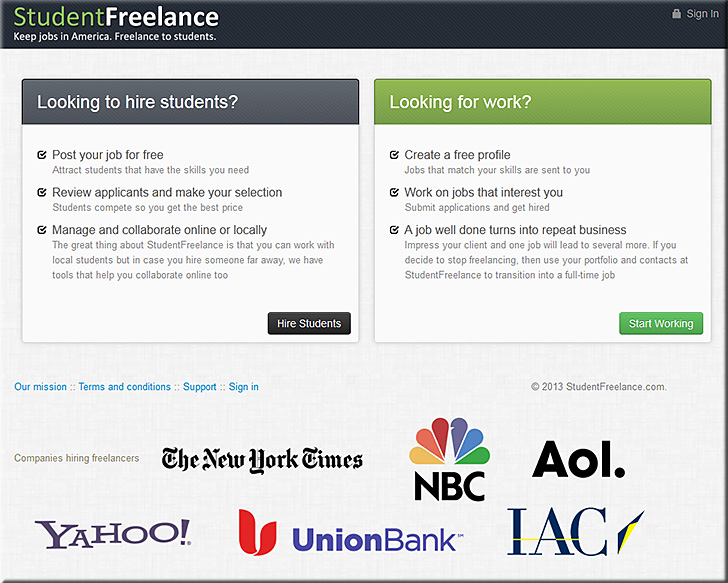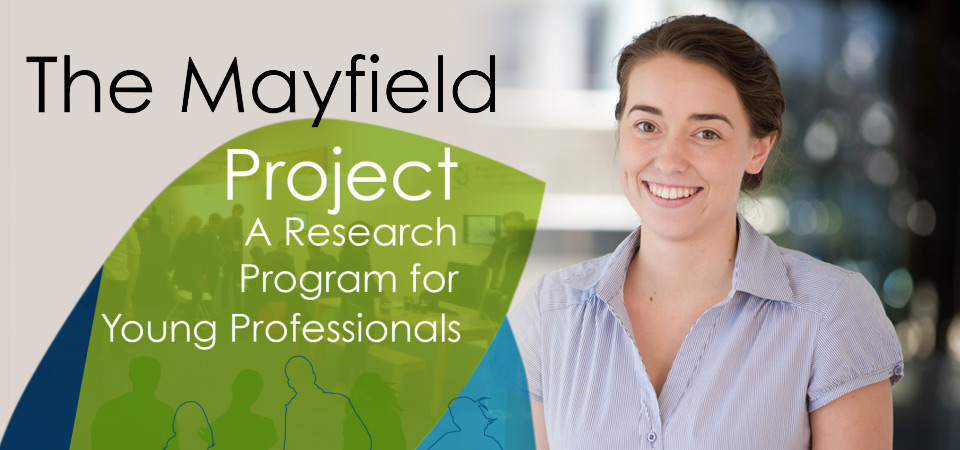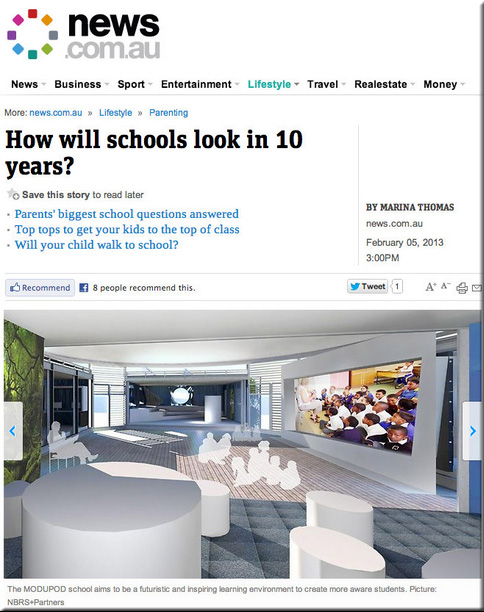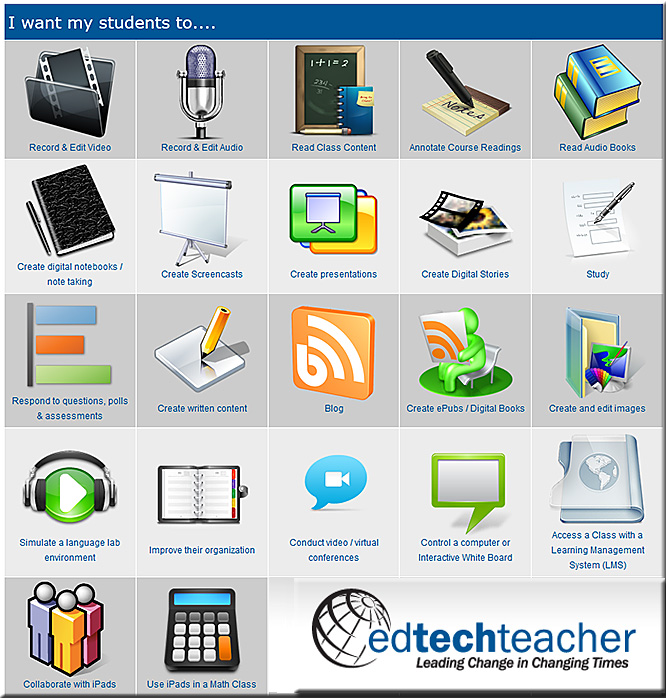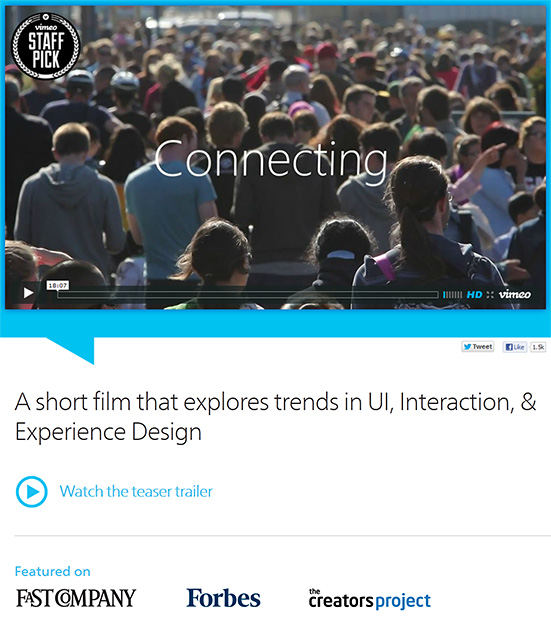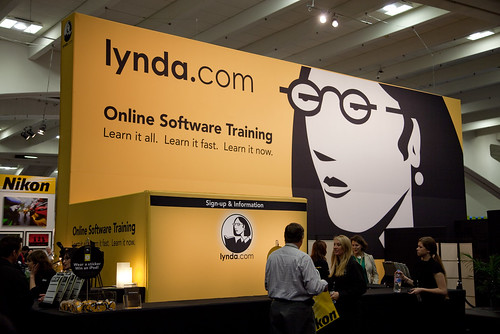Design & Screen-Based Learning in Higher Education — from higheredmanagement.net by Keith Hampson
Excerpt (emphasis DSC):
But the migration from the classroom to a screen-based environment is a change like no other. It’s a migration to a design-dependent environment. The digital learner’s experience is highly-dependent on the quality of design. The particular mix of colors, layout, audio, animation, words per page and other design elements can make the difference between a good and bad experience for learners on laptops, smartphones and tablets.
To date, digital higher education has largely ignored the role of design in online learning. It’s not part of the conversation. You’ll be lucky to find it discussed at conferences or in journals. This is partly because good design practices are not part of most institutions’ DNA. (Have you ever tried to find your way around an unfamiliar campus? Signage, anyone?). And partly because institutions often frame aesthetics and related matters as enemies of science.
- Don Norman on Creating Online Design Course — from blog.udacity.com
Excerpt:
Design, the discipline, is about the construction of interfaces that match the abilities and needs of people and technology in order to make products and services effective, understandable and pleasurable.
Design is also is about innovation, experimentation, about pushing the envelope of what can be done.










